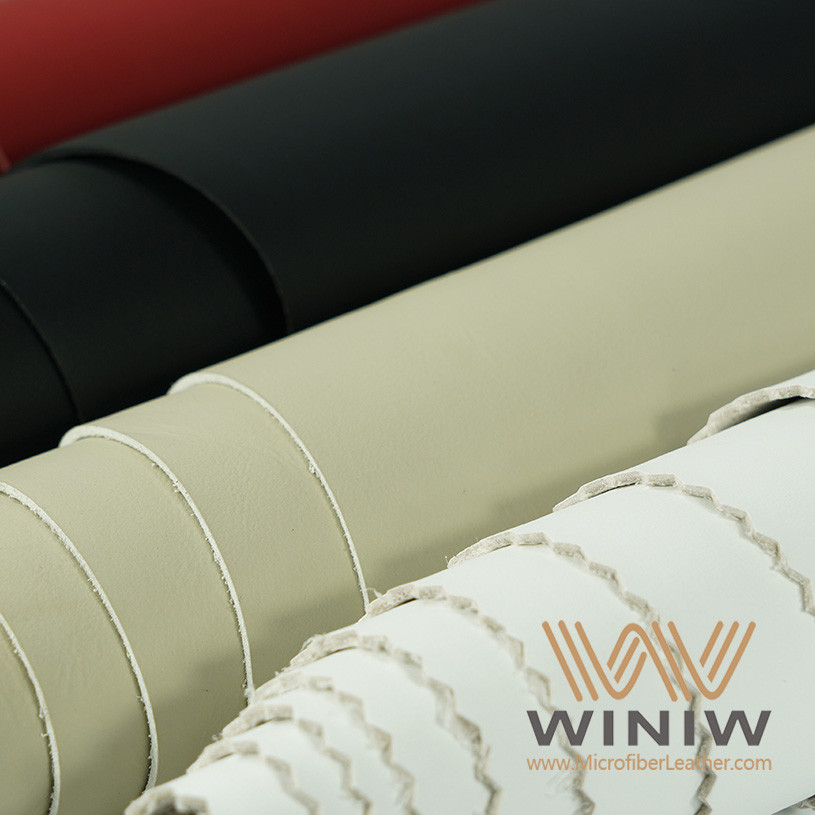
You want to make informed choices when comparing Microfibre Pu and real leather. Many consumers now seek sustainable options for ethical and environmental reasons. Recent surveys show nearly 41% prefer alternatives, while about 70% consider sustainability vital. Understanding the key differences helps you choose materials that match your values.
Microfiber PU leather is a durable, vegan alternative to real leather, offering a soft touch and high resistance to wear and tear.
Real leather lasts much longer than microfiber PU leather, developing a unique patina over time that adds character.
Consider your values and needs when choosing between the two; microfiber PU leather is eco-friendly and cruelty-free, while real leather offers luxury and longevity.
You may notice that microfibre pu stands out among synthetic leather alternatives. This material uses advanced technology to create a product that closely mimics real leather. Microfibre pu is a type of synthetic leather made from microfiber non-woven fabric coated with high-performance polyurethane resins. Manufacturers use superfine synthetic fibers, often less than 0.3 denier in diameter, to build a dense and durable structure.
Microfibre pu offers better wear resistance and scratch resistance than standard PU leather.
You will find that it feels more like genuine leather, providing a soft touch and greater comfort.
The unique three-dimensional structure allows microfibre pu to outperform standard PU leather in strength, abrasion resistance, moisture absorption, and overall durability.
Tip: If you want a vegan option that still feels and performs like real leather, microfibre pu is one of the best synthetic leather alternatives available.
The production of microfibre pu involves several high-tech steps. Manufacturers start by creating a non-woven fabric from superfine fibers. They then compress these fibers with a polyurethane resin layer, forming a dense and flexible base. This process creates a unique three-dimensional structure that gives microfibre pu its leather-like qualities.
Here is a simplified overview of the manufacturing process:
Mix the backing fabric with water to make it wet.
Coat the wet fabric with mixed polyurethane material.
Pass the coated fabric through a sink containing DMF to solidify the PU material.
Wash and dry the fabric to obtain the PU base material.
Create a surface PU layer by coating PU material on release paper and allowing it to become half dry.
Coat the half-dry PU layer onto the base material and bake it.
Separate the release paper from the PU layer to finish the microfibre pu leather.
This advanced process results in a material that is durable, flexible, and highly resistant to daily wear. You can rely on microfibre pu for products that need to last and look good over time.
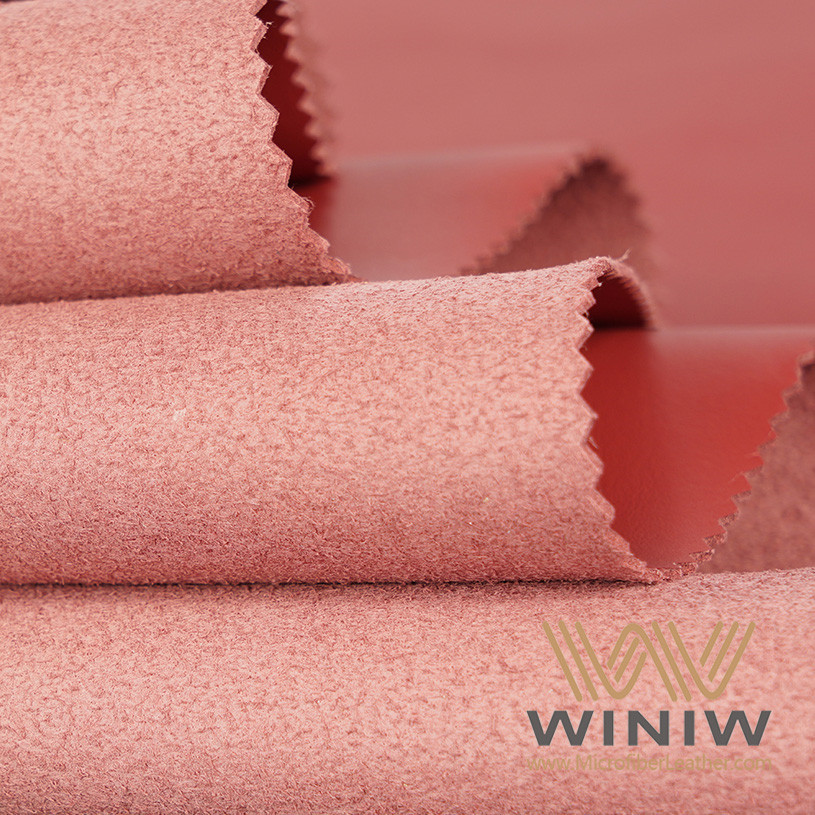
You encounter real leather in many products, from shoes to furniture. Real leather comes from animal skin, most often cowhide. You recognize its strength and water resistance. When you look for quality, you often see different types of real leather. Each type offers unique benefits.
Full grain leather keeps the natural surface. You get the highest durability and a rich texture.
Top grain leather feels softer. Manufacturers sand it for a more uniform look, but it loses some strength.
Genuine leather is thinner and weaker. You find it in more affordable goods.
Split leather uses the lower layer of the hide. It is less durable and more fragile.
Bonded leather combines scraps with binding materials. You see it embossed for texture, but it lacks the longevity of other types.
You value real leather for its authenticity. The natural grain and texture make each piece unique. Genuine leather develops a patina over time, adding character and beauty.
You might wonder how manufacturers turn animal hides into genuine leather. The process uses several steps to ensure quality and durability.
Preservation keeps the hide fresh.
Preparatory operations clean and soften the skin.
Tanning stabilizes the proteins, making the hide durable.
Post-tannage treatments add flexibility and color.
Finishing gives genuine leather its final look and feel.
After soaking and cleaning, the hide goes through unhairing and fleshing. Bating softens the skin before tanning. These steps happen in large drums, preparing the material for lasting use.
You notice that genuine leather stands out for its durability, breathability, and unique appearance. The natural pores allow air to circulate, keeping you comfortable. Real leather costs more, but you get a product that lasts and improves with age.
|
Characteristic |
Real Leather |
|
|---|---|---|
|
Durability and Longevity |
Built to last, develops a beautiful patina |
Wears out faster |
|
Appearance and Texture |
Unique grains and textures, adds character |
Uniform texture, can feel artificial |
|
Breathability and Comfort |
Natural pores allow air circulation |
Non-porous, traps heat and moisture |
|
Cost and Value |
Higher price due to quality and tanning process |
More budget-friendly, less durable |
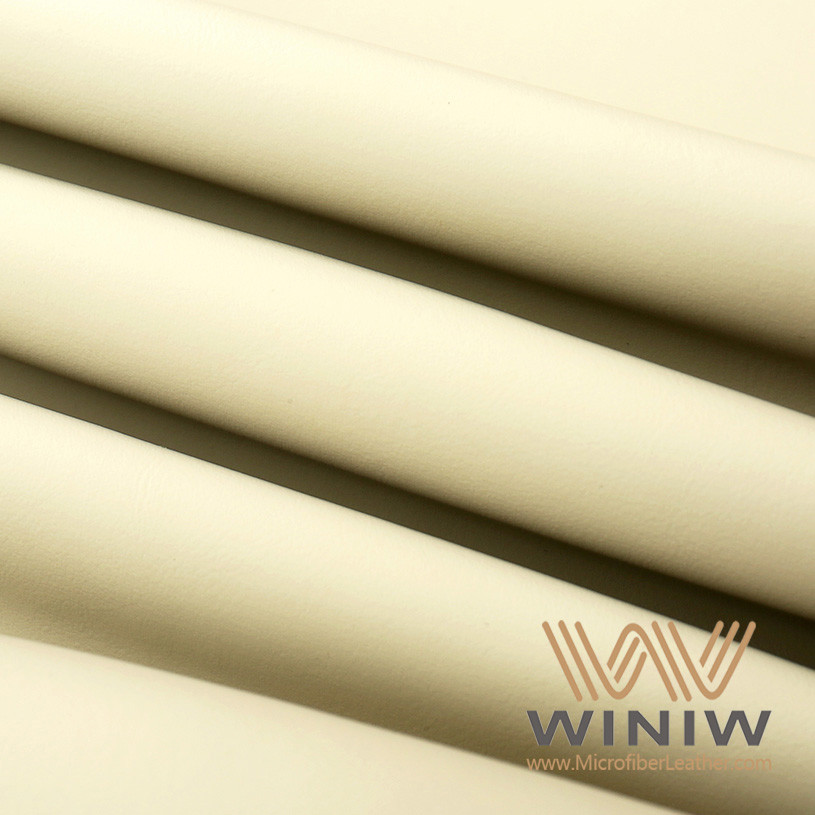
When you compare microfiber PU leather and real leather, durability stands out as a key factor. Microfiber leather uses advanced technology to create a high-performance synthetic leather that resists abrasion, water, and stains. You will notice that microfiber PU leather maintains its surface texture even after thousands of abrasion cycles. Laboratory tests show that microfiber leather achieves a breaking strength of 166 N/cm in the machine direction and 140 N/cm in the cross direction. The Martindale abrasion method confirms that microfiber PU leather keeps its appearance after 3,000 cycles, and CS10 testing gives it a cracking resistance rating of 4 after 4,000 rotations.
Microfiber PU leather resists daily wear and tear better than many other synthetic options.
You can rely on its superior durability for products that face frequent use.
However, real leather offers a different kind of long-term performance. You get a material that can last for decades with proper care. Real leather develops a unique patina, which adds to its timeless feel of authenticity. The average lifespan of each material highlights this difference:
|
Material |
Average Lifespan |
|---|---|
|
Microfiber PU Leather |
2–5 years |
|
Real Leather |
10–50+ years |
If you want a product that lasts for generations, real leather provides long-term value. Microfiber PU leather, on the other hand, gives you a durable, low-cost leather alternative for shorter-term use.
The appearance and texture of your material can influence your choice. Real leather features natural imperfections, unique grains, and a rich, deep look. Each piece feels different, offering a premium quality and tactile comfort that many people love. Microfiber PU leather, while designed to mimic genuine leather, usually has a smoother, more uniform surface.
|
Feature |
Microfiber PU Leather |
Real Leather |
|---|---|---|
|
Grain |
Mimics genuine leather’s grain, consistent |
Natural imperfections, unique appearance |
|
Texture |
Generally smoother, less depth |
Smooth and supple, more tactile variation |
|
Overall Look |
Can appear rich but lacks depth |
Rich, natural look with depth and character |
You can spot the difference by looking for visual cues:
|
Cue |
PU Leather |
Genuine Leather |
|---|---|---|
|
Odor |
Plastic or chemical odor |
Pleasant, earthy smell |
|
Water Absorbency |
Does not absorb water |
Absorbs water |
|
Texture |
Artificial, nearly flawless |
Natural texture with imperfections |
|
Edges and Seams |
Perfectly cut and finished |
Rough or raw edges |
|
Pores |
Uniform pattern |
Irregular size and spacing |
Microfiber PU leather gives you a consistent appearance, which works well for upholstery and fashion items that require uniformity. Real leather offers a more natural, luxurious look and feel, making it ideal for those who value authenticity and character.
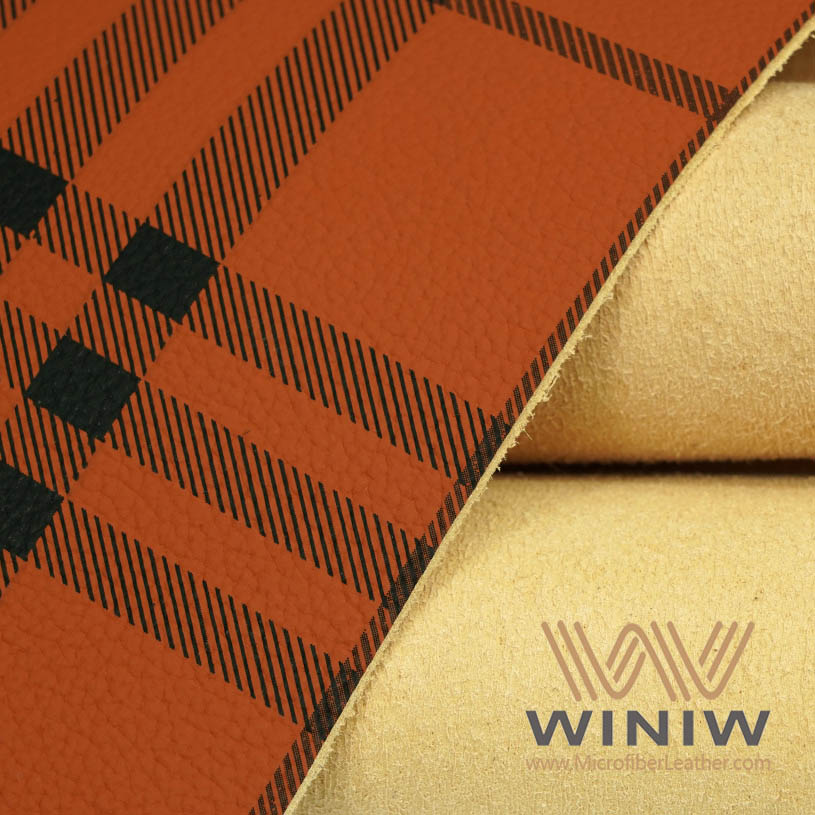
Cost plays a major role in your decision. Microfiber PU leather costs less to produce than real leather. This lower production cost leads to more affordable retail prices. You can see the price difference in the global market:
|
Type of Leather |
Price Range (per square meter) |
|---|---|
|
Microfiber PU Leather |
$50 - $150 |
|
Ordinary PU Leather |
$10 - $30 |
|
Genuine Leather |
$120 - $180 |
Microfiber leather sits between ordinary PU and genuine leather in terms of price. You pay more for microfiber PU leather than for standard PU, but you get better performance and durability. Real leather costs the most because of the complex process of sourcing and tanning animal hides. If you want a budget-friendly option for upholstery or accessories, microfiber PU leather offers a good balance of cost and performance.
PU leather is a low-cost leather alternative for many applications.
Microfiber leather justifies its higher price with better durability and stain resistance.
Real leather commands a premium price due to its long-term value and premium quality.
You want materials that are easy to care for. Microfiber PU leather stands out for its simple maintenance routine. You can keep it clean with regular dusting and spot cleaning. Use a soft, dry cloth or a microfiber duster to remove dust. For spills, blot immediately and use a mild soap solution. Avoid harsh chemicals, direct sunlight, and sharp objects to preserve the surface.
Vacuum microfiber leather regularly to remove dirt.
Mix water with mild soap to create suds for cleaning.
Use a cloth to apply suds gently, avoiding excess moisture.
Scrub tough stains with an old toothbrush.
Real leather requires more attention. You need to vacuum it regularly and condition it to prevent drying and cracking. Store it away from direct sunlight and heat. Real leather absorbs water, so you must clean spills quickly to avoid stains.
|
Material |
Maintenance Frequency |
|---|---|
|
Real Leather |
Requires regular conditioning and careful storage |
|
Microfiber Faux Leather |
Relatively low-maintenance, simple cleaning and occasional protector application |
Microfiber PU leather makes maintenance easy, saving you time and effort. Real leather needs more care but rewards you with lasting beauty and comfort.

Sustainability matters to many consumers today. Microfiber PU leather and real leather have different eco-friendly aspects. The production of real leather uses more water and creates a higher carbon footprint. Synthetic leather, including microfiber PU, uses less water and emits less CO2.
|
Type of Leather |
Carbon Footprint (kg CO2e/m²) |
Water Use (L) |
|---|---|---|
|
Cow Skin Leather |
110.0 |
17,128 |
|
Synthetic Leather (PU) |
15.8 |
N/A |
However, you should also consider biodegradability and recyclability:
|
Material |
Biodegradability |
Recyclability |
Environmental Impact |
|---|---|---|---|
|
Microfiber PU Leather |
Not biodegradable |
Limited |
Chemical-intensive production, shorter shelf life |
|
Real Leather |
Biodegradable |
Higher |
Longer-lasting, can be recycled, less hazardous |
Microfiber PU leather offers a more eco-friendly choice in terms of carbon emissions and water use. Real leather, while less sustainable in production, lasts longer and breaks down naturally over time. If you value sustainability, microfiber PU leather provides a responsible option for many uses.
Note: When you make a complete comparison, consider not only the environmental impact but also the lifespan and recyclability of each material.
When you consider microfiber PU leather, you find a material that offers many practical benefits. This type of leather stands out for its breathability, anti-odor properties, and antibacterial surface. You can wash it easily, and it resists water, making it suitable for daily use. Microfiber PU leather also appeals to you if you want an eco-friendly option. However, you may notice that dust and pet hair cling to the surface. This leather is also more flammable than genuine leather, so you need to take care around heat sources.
|
Advantages |
Disadvantages |
|---|---|
|
Breathable |
Dust and pet hair can cling to it |
|
Anti-odor |
More flammable than genuine leather |
|
Antibacterial |
|
|
Eco-friendly |
|
|
Washable |
|
|
Water-repellent |
|
Tip: If you want a vegan leather that is easy to clean and maintain, microfiber PU leather gives you a strong alternative to genuine leather.

Genuine leather remains a classic choice for many reasons. You get unmatched durability and longevity from this material. The timeless appeal and comfort of genuine leather make it a favorite for furniture, shoes, and accessories. You also benefit from easy maintenance and the natural qualities of genuine leather. However, you should consider the higher cost and the possibility of damage from scratches or stains. Some people have ethical concerns about using genuine leather. You may also notice that genuine leather can feel inconsistent and sensitive to temperature changes.
|
Advantages |
Disadvantages |
|---|---|
|
Durability and Longevity |
Cost |
|
Timeless Appeal |
Susceptible to Damage |
|
Comfort |
Ethical Concerns |
|
Easy Maintenance |
Inconsistency |
|
Natural Material |
Sensitivity to Temperature |
Note: When you choose between microfiber PU leather and genuine leather, think about your priorities. Each leather type offers unique strengths and weaknesses.
When you choose between microfiber PU leather and real leather, you need to think about your values, lifestyle, and the purpose of your purchase. Some people care deeply about animal welfare and sustainability. If you want a cruelty-free option, microfiber PU leather is completely vegan and does not use animal skin. Many consumers now prefer this type of leather because it supports animal rights and reduces environmental impact. Microfiber leather also helps lower the carbon footprint compared to traditional leather.
You should also look at practical features. Real leather lasts much longer and develops a unique patina over time. Microfiber PU leather offers a consistent appearance and costs less. The table below can help you compare important features:
|
Feature |
Real Leather |
PU Leather |
|---|---|---|
|
Lifespan |
15-30+ years |
2-5 years |
|
Durability |
Develops patina, water-tolerant |
May crack, peel, or fade |
|
Ethical Consideration |
Involves animal use |
Cruelty-free |
|
Environmental Impact |
High water and land use |
Petrochemical-based, less water |
|
Texture |
Natural, uneven |
Consistent, artificial grain |
|
Patina |
Yes |
No |
|
Price Range |
$120–$180 per square foot |
$3.5–$4.5 per meter |
Tip: If you value sustainability and animal welfare, microfiber PU leather is a strong choice.
You should match the type of leather to your needs. Microfiber PU leather works well in many industries because it is lightweight, stain-resistant, and easy to clean. You often see it in car interiors, fashion, and furniture. Real leather is best for items that need to last for decades and where a natural look matters.
|
Industry |
Best Uses for Microfiber PU Leather |
Benefits |
|---|---|---|
|
Automotive |
Seats, dashboards, interior trims |
Durable, stain-resistant, lightweight |
|
Fashion |
Handbags, shoes, outerwear |
Stylish, many textures and colors |
|
Furniture |
Upholstery for sofas and chairs |
Easy to clean, practical for families |
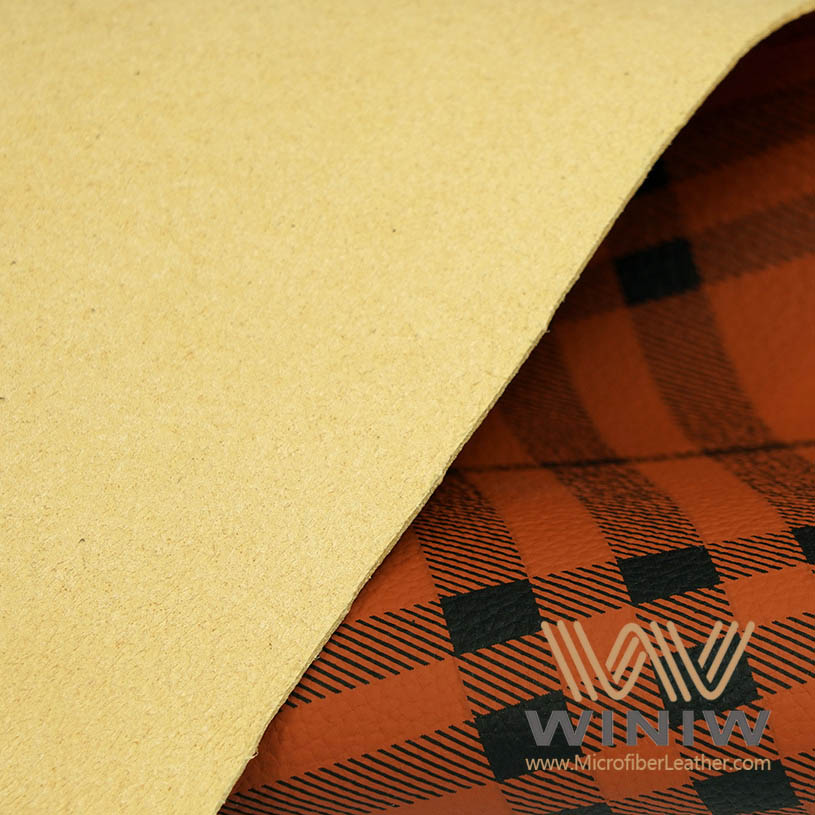
You might choose real leather for luxury goods, heirloom furniture, or classic accessories. Microfiber PU leather fits modern lifestyles, especially if you want easy care and ethical peace of mind.
You see clear differences between microfiber PU leather and real leather. The table below highlights the most important features:
|
Feature |
Microfiber PU Leather |
Real Leather |
|---|---|---|
|
Durability |
Excellent, resists stains |
Lasts decades, ages well |
|
Maintenance |
Easy, low cost |
Needs care, higher cost |
|
Ethical Choice |
Cruelty-free |
Not cruelty-free |
Choose microfiber PU leather for easy care and ethical sourcing.
Pick real leather for luxury and long-term use.
Always match your choice to your needs and values.

You can fix minor scratches with a soft cloth and a little water. Deep scratches may need a professional repair kit for best results.
You will see a patina form on real leather over time. This natural process adds character and shows the material’s age and use.
You get good water resistance with microfiber PU leather. However, you should still wipe spills quickly to prevent stains or damage.

Сканирование в wechat:
